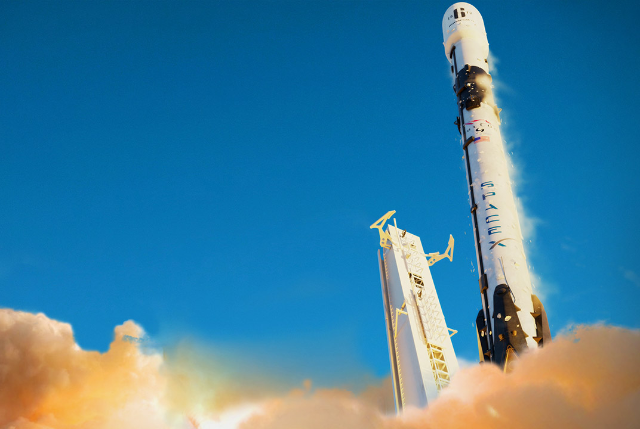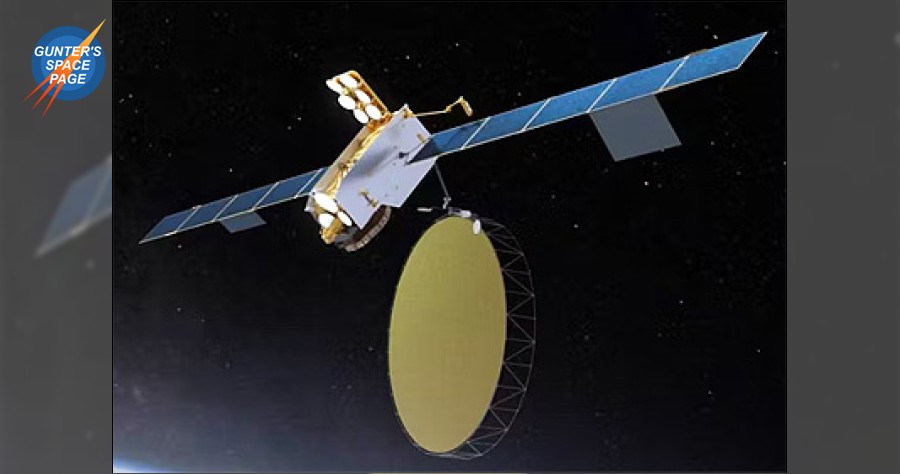Launch Date: February 18
Launch Window: 10:58pm EST (7:58pm PST, 03:58 UTC on the 18th)
Launch site: SLC-40, Cape Canaveral Space Force Station (CCSFS), Florida
Core Booster Recovery: ASDS - JRTI
Booster: B1077.3
Fairings: Reused
Mass: 5500 kg
Orbit: GTO
Yearly Launch Number: 12th
A SpaceX Falcon 9 rocket will launch the Inmarsat 6 F2 communications satellite for London-based Inmarsat. Built by Airbus Defense and Space, the satellite carries L-band and Ka-band payloads to provide mobile communications services to airplanes and ships.

 www.inmarsat.com
www.inmarsat.com

 space.skyrocket.de
space.skyrocket.de

"SpaceX Falcon 9 1.1 Launch Sequence at Vandenberg AFB" by jurvetson is licensed under CC BY 2.0.
Admin note: Image added for Blog Feed thumbnail
Launch Window: 10:58pm EST (7:58pm PST, 03:58 UTC on the 18th)
Launch site: SLC-40, Cape Canaveral Space Force Station (CCSFS), Florida
Core Booster Recovery: ASDS - JRTI
Booster: B1077.3
Fairings: Reused
Mass: 5500 kg
Orbit: GTO
Yearly Launch Number: 12th
A SpaceX Falcon 9 rocket will launch the Inmarsat 6 F2 communications satellite for London-based Inmarsat. Built by Airbus Defense and Space, the satellite carries L-band and Ka-band payloads to provide mobile communications services to airplanes and ships.

I-6 satellites
The world's most sophisticated commercial communications satellites will power Inmarsat ORCHESTRA’s capabilities for the future.

Inmarsat-6 F1, 2 (GX 6A, 6B)
Inmarsat-6 is the sixth generation of satellites for the London-based global mobile satellite communications operator Inmarsat. They will have a du...
"SpaceX Falcon 9 1.1 Launch Sequence at Vandenberg AFB" by jurvetson is licensed under CC BY 2.0.
Admin note: Image added for Blog Feed thumbnail
Last edited:


